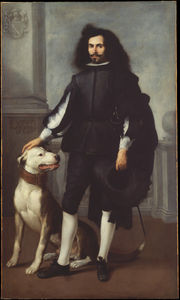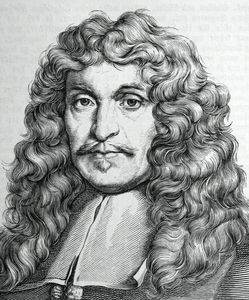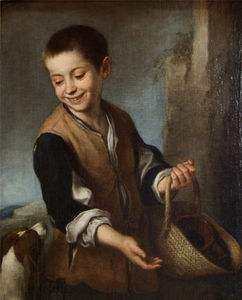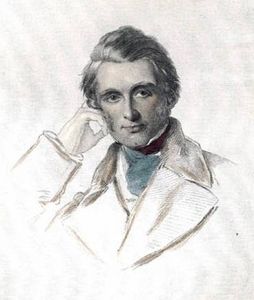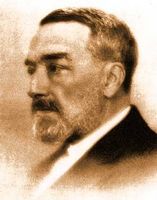Bartolome Esteban Murillo Critical Reception
- Full Name:
- Bartolomé Esteban Murillo
- Short Name:
- Murillo
- Date of Birth:
- 31 Dec 1617
- Date of Death:
- 03 Apr 1682
- Focus:
- Paintings, Drawings
- Mediums:
- Oil, Other
- Subjects:
- Figure, Scenery
- Art Movement:
- Baroque
- Hometown:
- Seville, Spain
- Bartolome Esteban Murillo Critical Reception Page's Content
- Introduction
- During Life
- After Death
Introduction
Today, Velázquez is almost a household name, but relatively few people outside of the world of art history recall the name Murillo. A few centuries ago, however, Murillo was far more famous than his illustrious contemporary. Thanks to the vagaries of history and fashion, however, Murillo's reputation has slowly decayed and the art dropped out of site even as Velázquez grew steadily more famous and widely appreciated.
Bartolome Esteban Murillo During Life
During his lifetime, Murillo was hands down the most successful painter of the Spanish Baroque. A contemporary described the Sevillian painter as the most "famous painter who is the admiration of Europe, only in Spain, his land, is he unknown and less esteemed. "
Murillo's paintings, adored in Europe and the Americas, were particularly cherished for Murillo's style: sweet, pretty, and downright sentimental. In fact, Murillo's popularity was such that in 1683, the year after the artist's death, the famous German painter and writer Joachim von Sandrart added a chapter on Murillo and an engraving of his self-portrait in the widely distributed Latin translation of his tract Teutsche Akademie.
In the following century, the Rococo movement pushed Murillo's posthumous popularity to such extremes that the Spanish king had to put a moratorium on the export of his paintings (a moratorium that was, unfortunately for Spain, not exactly respected).
Murillo was particularly admired in France, but England was no less fervent in her love for the artist, and Murillo's paintings were entering England by the early 18th century. Copies, engravings, and imitations of Murillo's sweet style and genre subjects abounded, but unfortunately for Murillo's legacy, there can be too much of a good thing: the overabundance of these images (as well of their often poor quality) slowly led to the erosion of Murillo's popularity.
Bartolome Esteban Murillo After Death
Murillo continued to be widely admired in the first half of the 19th century, except for one notorious hater of the Baroque: art critic and writer John Ruskin. For Ruskin, Murillo was the very personification of the corruption of taste and morals. In Ruskin's words: "do not call this the painting of nature: it is mere delight in foulness. " He particularly loathed Murillo's urchin scenes, which were some of Murillo's most popular paintings.
By the second half of the 19th century, Murillo's reputation steadily declined as contemporary opinion began to favor Velázquez in his stead; in France, for example, Manet (a passionate lover of Spanish painting) described Murillo as merely second rate.
Finally, by the beginning of the 20th century, the final blow was dealt when Saloman Reinach published his famous, widely read manual on art entitled Apollo, or the Story of Art throughout the Ages, in which he dismissed Murillo's famous depictions of the Virgin as merely commonplace described Murillo as "weak and wanting in distinction as a draughtsman. " This unfavorable opinion caught on like wildfire and Murillo virtually disappeared from the face of art history for the rest of the century.
Fortunately, Murillo's reputation has slowly come to be rehabilitated as art historians and museum curators begin to re-evaluate the artist's role in Baroque art. This rehabilitation began in 1983, with a major exposition of Murillo's paintings at the Royal Academy in London, with subsequent expositions in Europe and the United States. The extraordinary talent and importance of the Spanish painter are finally beginning to be appreciated for their just value.


